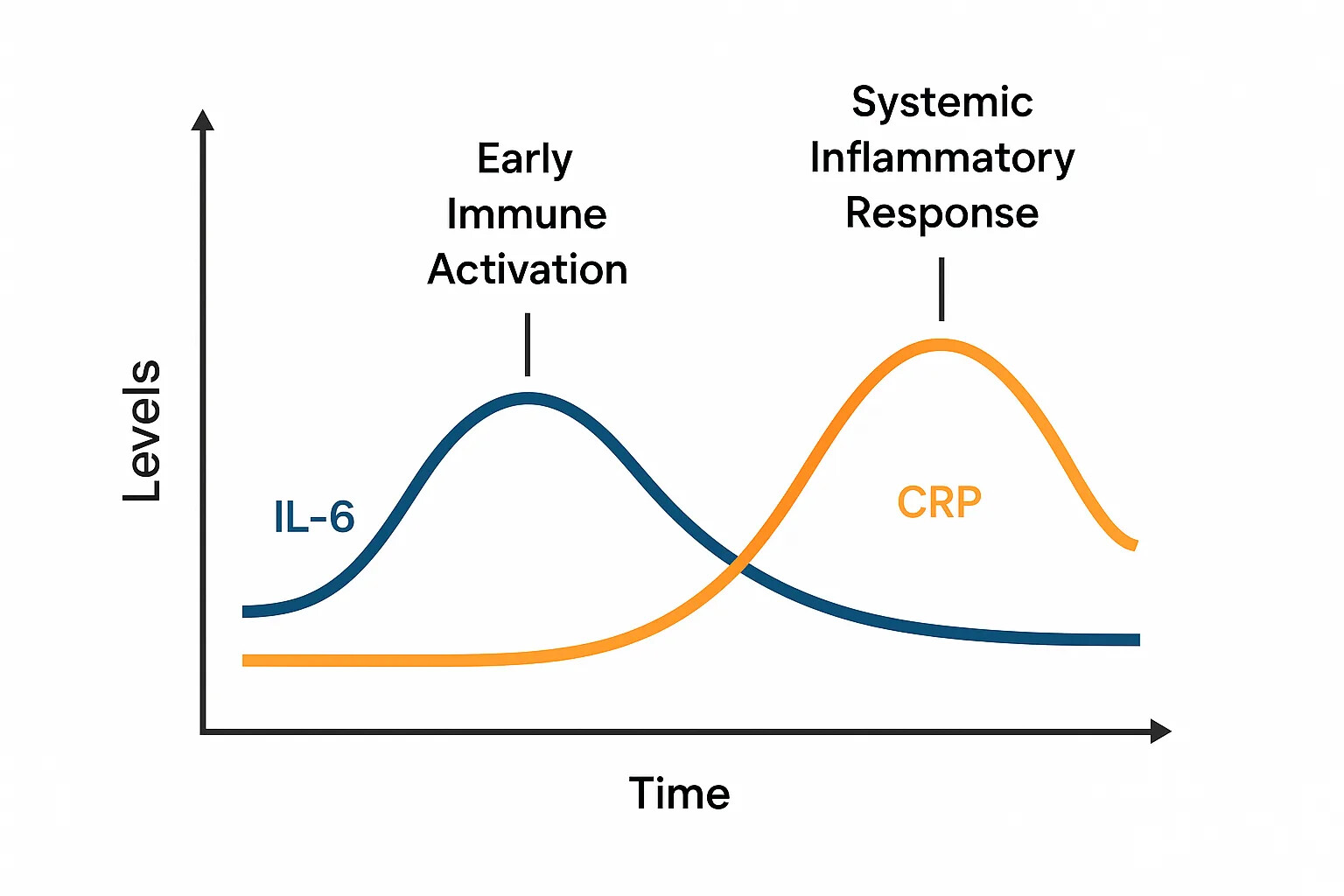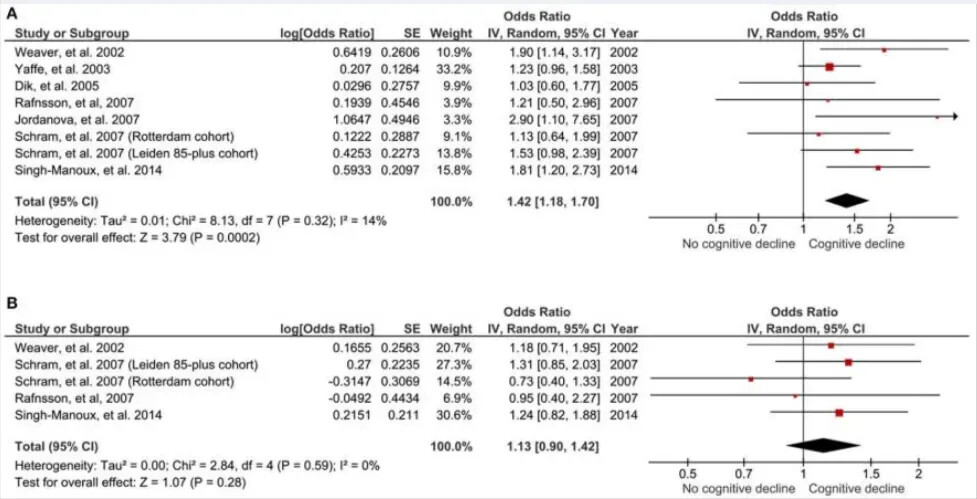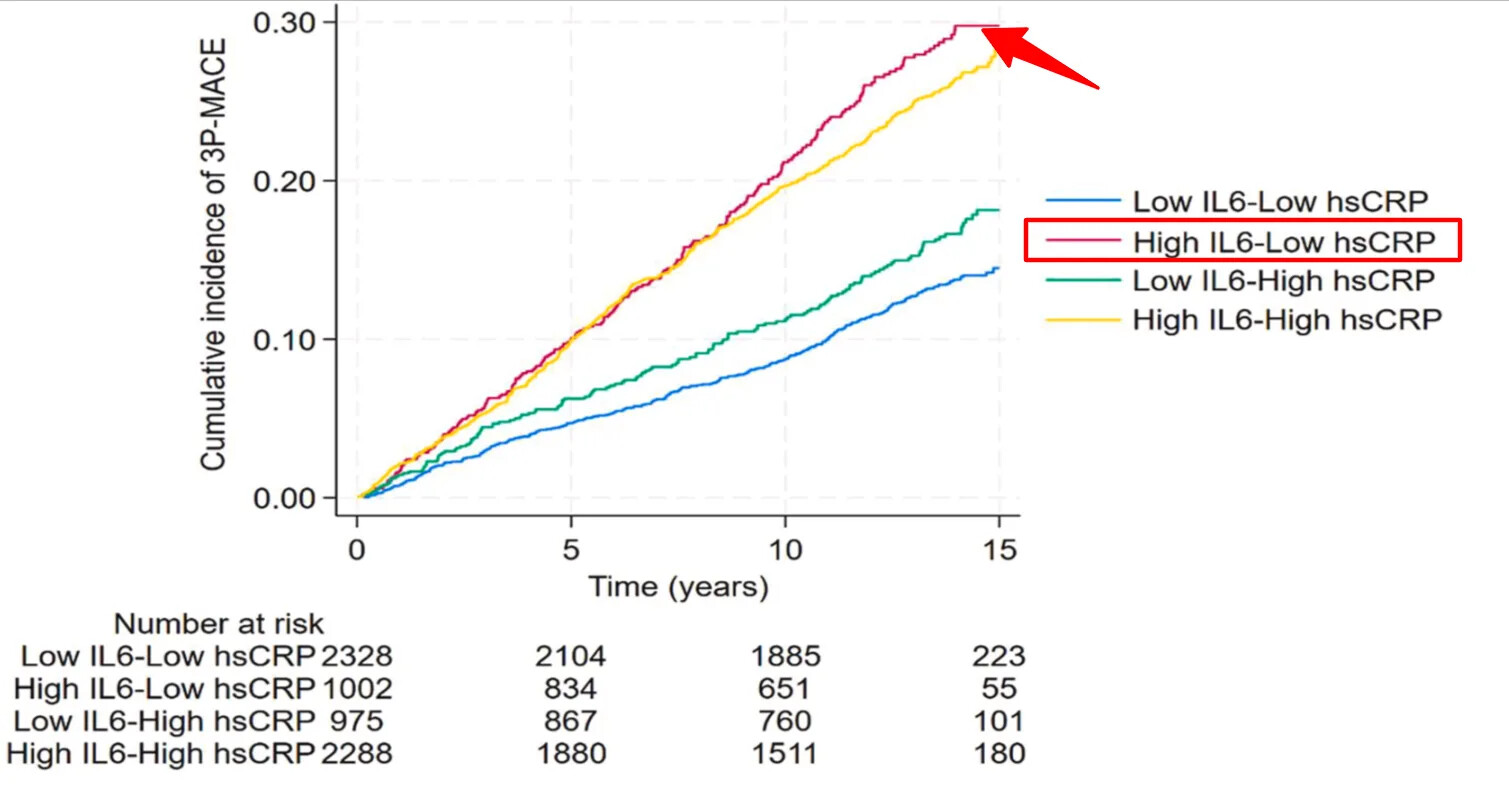Inflammation May Be the Root of Our Maladies
There’s also increasing evidence that inflammation affects dementia and, more broadly, aging itself. Our cells have pathways that they use to regenerate and repair themselves, and inflammation activates programs in the cells and tissues that take away that ability. Perhaps, some scientists wonder, if inflammation accelerates aging, drugs that can tamp down inflammation, including GLP-1s, can slow cognitive decline and shift the course of aging.
…
But currently there is no public health recommendation in the United States for primary care practitioners to measure markers of inflammation in all adults. Perhaps that will change. New research from Dr. Ridker and his team shows that a one-time measurement of a particular marker of inflammation may help predict the rate of stroke, heart attack and death from heart disease in women over the coming decades.
The referenced paper:
Inflammation, Cholesterol, Lipoprotein(a), and 30-Year Cardiovascular Outcomes in Women
CONCLUSIONS
A single combined measure of high-sensitivity CRP, LDL cholesterol, and lipoprotein(a) levels among initially healthy U.S. women was predictive of incident cardiovascular events during a 30-year period. These data support efforts to extend strategies for the primary prevention of atherosclerotic events beyond traditional 10-year estimates of risk. (Funded by the National Institutes of Health; Women’s Health Study ClinicalTrials.gov number, NCT00000479.)



